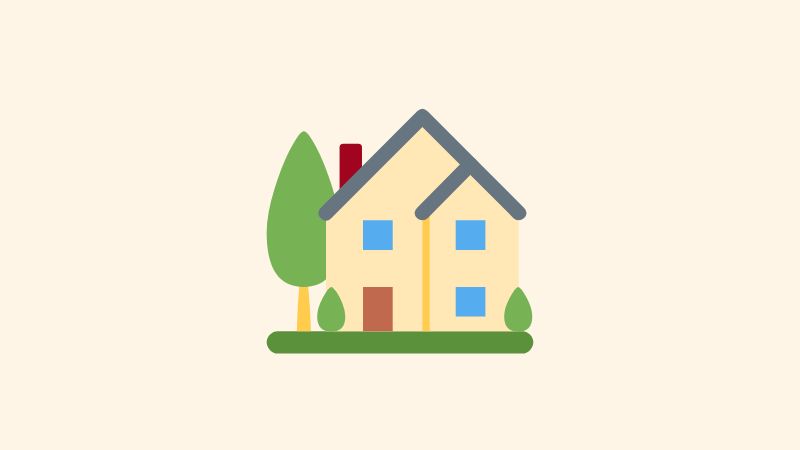Living Gluten Free at Home
Tips for creating a safe and supporting living environment


Adapting to a gluten free lifestyle is a significant change not only for the person diagnosed with coeliac disease or gluten intolerance but also for their family and friends. This guide offers a quick overview of key areas you'll encounter, with links to more detailed guides. Whilst it may feel overwhelming at first, open communication, education, and a few practical adjustments can make the transition to a gluten free lifestyle much easier.
🏡 Support at Home
Living gluten free often affects more than just one person - it can impact the whole household. Whether you're the one going gluten free or you're supporting someone who is, making thoughtful changes at home can make a big difference. This section is all about creating a supportive environment, building understanding, and finding practical ways to adjust together.
🫱🏼🫲🏽 Adjusting Together
A gluten free lifestyle changes how meals are planned, prepared, and shared. It’s helpful to approach it as a team effort - education, patience, and empathy are essential.
🧬 Genetic Factor
If someone in your family is diagnosed, it's worth considering testing for others too. Early diagnosis can help prevent long-term complications.
🗣️ Communication is Key
Whether you're gluten free or living with someone who is, being open about the health risks of gluten exposure helps everyone understand what's at stake. Ask questions, share facts, and keep the conversation going.
🥄 Cross-Contamination Awareness
Shared kitchens come with risks - but with a little planning, it’s manageable. From toasters to chopping boards, knowing what to watch out for helps everyone prepare food safely.
🛒 Shopping Together
Learning to read food labels and spotting hidden sources of gluten becomes easier with practice. Stick to naturally gluten free foods (like fresh veggies, meats, and grains like rice and quinoa) to keep things simple.
🍽️ 100% Gluten Free Meals at Home
Cooking the majority of meals gluten free - especially shared meals - helps reduce cross-contamination and keeps things inclusive.
📍 Eating Out as a Group
Make dining out a shared experience, not a solo mission. Use our Gluten Free Map to find safe spots and take the pressure off the person with dietary needs.
🧸 Explaining to Children
Helping kids understand why someone eats gluten free can be fun and age-appropriate. Try books, games, or even pretend play around cooking to encourage empathy and curiosity.
🧠 Mental Health Matters
Adjusting to a new lifestyle can feel isolating or stressful. Whether it’s you or someone you care about, check in regularly. Support groups, online communities, and in-person meetups can make a huge difference.
👉🏾 Learn more about supporting family members with a gluten free lifestyle
🧼 Cross-Contamination
For many, sharing a kitchen with others is the norm. Whether it's with family, flatmates, a partner, or uni friends, understanding cross-contamination risks and how to manage a shared kitchen is essential. Whilst it may seem daunting at first, it can work just fine when everyone understands how gluten cross-contamination happens and how to prevent it.
The most important step is having open conversations - it's crucial that everyone sharing the space understands what coeliac disease or gluten intolerance means. A quick chat can go a long way in building awareness and finding solutions that work for everyone.
Key areas to focus on for a safe, gluten free kitchen are:
- 🔥 Cooking appliances - Ovens, air fryers, microwaves, and toasters
- 🔪 Utensils - Chopping boards, knives, oven trays, and cutlery
- 🧈 Shared food products - Butter, condiments, snacks, and cooking oil
- 🗄️ Storage - Cupboards, fridge, and counters
- 🧽 Cleaning habits - Hand hygiene, surfaces, and washing up
👉🏾 Explore how to create a safe, gluten free kitchen
💄 Gluten and Non-Food Products
For those with coeliac disease, avoiding gluten in food is non-negotiable - but when it comes to non-food products, things are a bit different. Gluten can't be absorbed through the skin, so most products like shampoo or moisturiser are safe. That said, some items do pose a risk if they might accidentally get into the mouth.
- 👄 Lipsticks, lip balms, and lip glosses
- 🪥 Toothpaste and mouthwash
- 🧴 Hand lotions or creams (if transferred to food or the mouth)
- 💊 Medications
- 🥤 Straws
- 🌈 Playdough
Checking labels and being mindful of these risks can help prevent accidental gluten exposure.